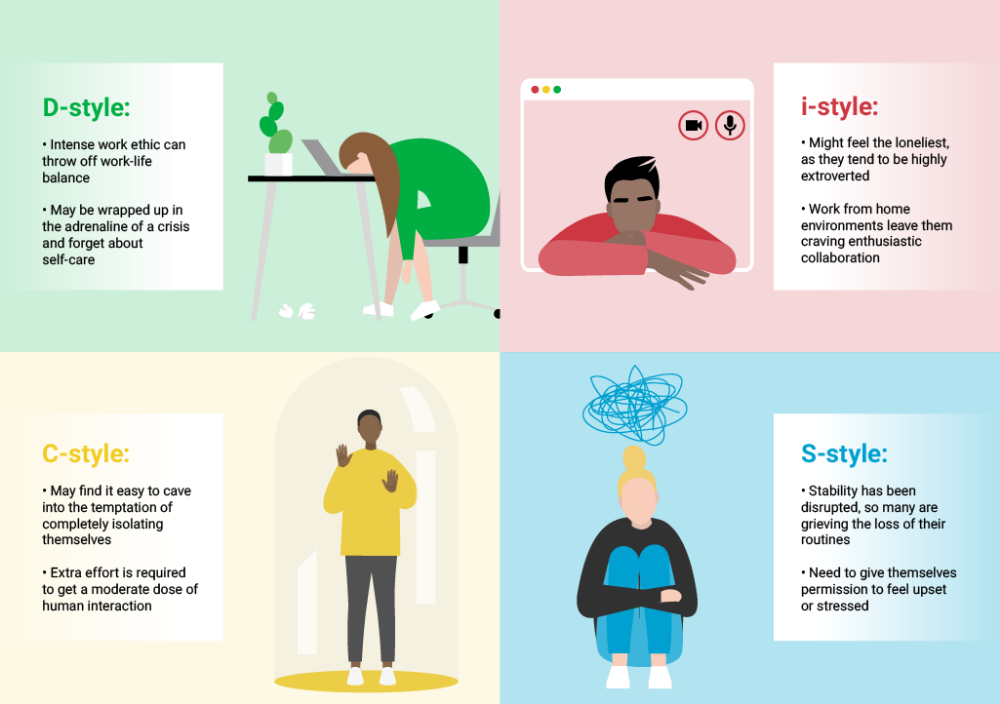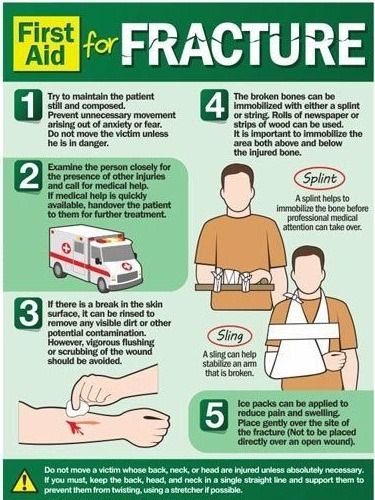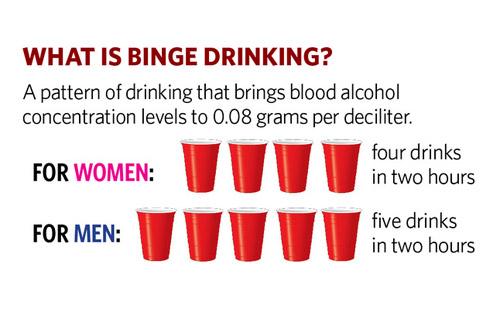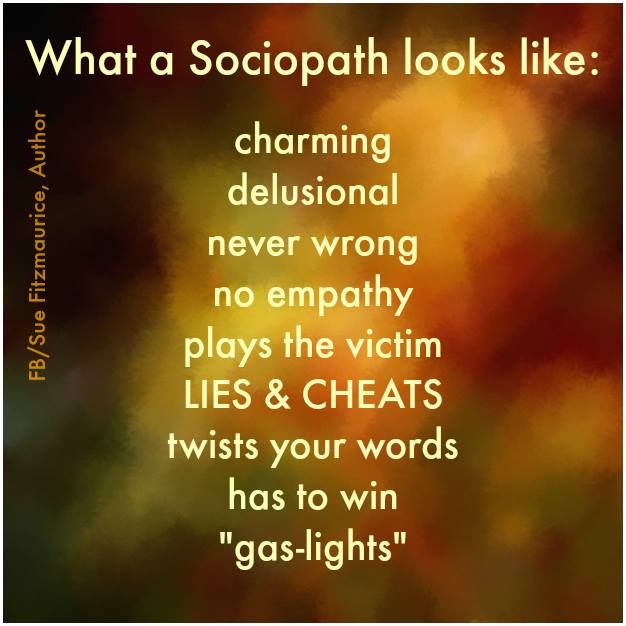Ptsd in black community
RESEARCH WEEKLY: Underdiagnosed PTSD Among African American Individuals with Serious Mental Illness
RESEARCH WEEKLY: Underdiagnosed PTSD Among African American Individuals with Serious Mental Illness
By Morré Taylor
(September 14, 2022) African Americans, in general, are at a high risk of developing posttraumatic stress disorder (PTSD)— a mental health disorder in which a person struggles to recover from a traumatic event that they witnessed or experienced. A 2019 study found than African Americans have the highest lifetime prevalence of PTSD (8.7%) compared to their white (7.4%), Latino (7%) and Asian (4%) counterparts. This high rate of PTSD among African Americans is likely because this demographic is more likely to experience traumatic events such as childhood neglect and domestic violence.
PTSD among African Americans is an important mental health issue because African Americans are less likely than other racial groups to receive mental health treatment, in part because they disproportionately experience barriers to treatment such as financial challenges, inadequate access to transportation services and/or a lack of knowledge about how to access treatment.
When African Americans have serious mental illness, there is an even greater probability that they also have PTSD, according to a recent study from Rutgers University. People with serious mental illness are uniquely vulnerable to violent victimization, especially considering this population’s high rate of homelessness and time spend in jail, which can significantly increase one’s chances of developing PTSD. As such, individuals who experience victimization due to their race and mental health status are likely to be at a high risk for developing PTSD.
Study details
The authors of this study investigated trauma exposure, PTSD symptoms and the rate of PTSD in African American individuals with serious mental illness. Study participants were clients receiving services at Rutgers University Behavioral Health Care who participated in one of five outpatient and partial hospitalization programs.
From 2007 through 2010, potential participants were screened using a 16-item Traumatic Life Events Questionnaire that asked about experiences related to traumatic events and used wording that corresponded with the DSM-IV criterion for PTSD.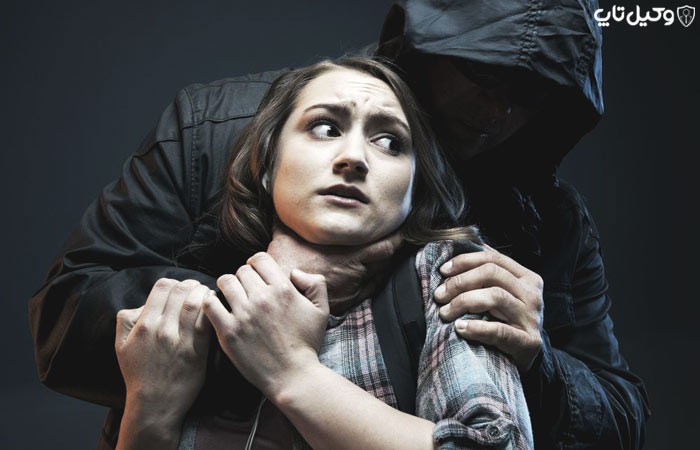 Participants who indicated “yes” to any of the 16 items underwent a second screening in which a clinician used a checklist, referred to as a PCL, to identify cases of probable PTSD and PTSD symptom severity for the traumatic event(s) identified by the participant in the initial questionnaire.
Participants who indicated “yes” to any of the 16 items underwent a second screening in which a clinician used a checklist, referred to as a PCL, to identify cases of probable PTSD and PTSD symptom severity for the traumatic event(s) identified by the participant in the initial questionnaire.
A total of 404 African American participants who reported experiencing at least one traumatic event, had a PCL score of at least 45, indicating probable PTSD, and were diagnosed with a serious mental illness were included in the final study results.
Results
Although all of the participants in the study were positively screened as having significant indicators of PTSD, only 18.3% of all participants had PTSD documented in their medical records. Participants with schizophrenia had the lowest rate of diagnosed PTSD at 4.3% compared to 26.2% among the participants with major depressive disorder and 7.7% among participants with bipolar disorder. The authors hypothesize that the overall underdiagnosis of PTSD is in part because there is overlap between PTSD symptoms and symptoms of serious mental illness such as delusions, depression and suicidality.
With regards to the severity of PTSD symptoms, the researchers of this study found that participants with schizophrenia displayed less severe symptoms of PTSD compared to those with mood disorders. This trend is likely why the rate of diagnosed PTSD was lowest among participants with schizophrenia.
Participants most commonly identified the sudden death of a loved one, physical abuse, sexual abuse and domestic violence as traumatic events they had experienced. Childhood sexual abuse, more specifically, was identified as being the most distressing traumatic event experienced by participants. Previous research cited in the study found that rates of childhood sexual abuse among people with serious mental illness is approximately 18.5%, which is much lower than the rate of childhood sexual abuse among the studied sample of African Americans (64%).
Policy implications
The findings of this study suggest that PTSD is underdiagnosed among African American individuals with serious mental illness.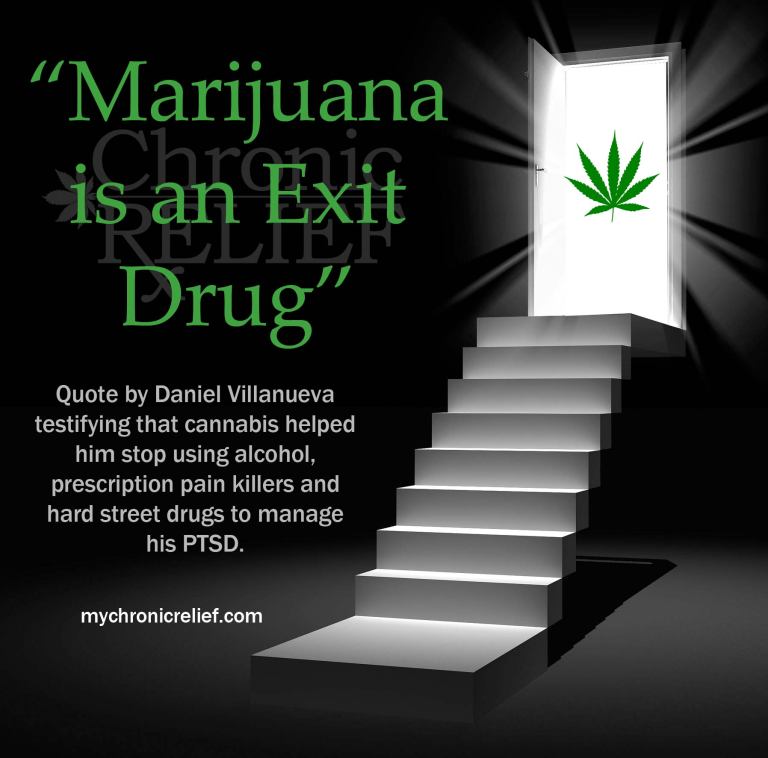 As a result, the authors suggest that current treatment for this population may fail to address PTSD and stunt treatment progression. As such, there is a need for more a routine assessment of PTSD and traumatic histories in African Americans with serious mental illness who receive community mental health services. According to the authors, culturally sensitive counseling services, particularly as it pertains to childhood sexual abuse and grief, which were major sources of trauma among the studied sample, are needed to adequately address PTSD in African Americans with serious mental illness and should be appropriately incorporated into treatment.
As a result, the authors suggest that current treatment for this population may fail to address PTSD and stunt treatment progression. As such, there is a need for more a routine assessment of PTSD and traumatic histories in African Americans with serious mental illness who receive community mental health services. According to the authors, culturally sensitive counseling services, particularly as it pertains to childhood sexual abuse and grief, which were major sources of trauma among the studied sample, are needed to adequately address PTSD in African Americans with serious mental illness and should be appropriately incorporated into treatment.
References
Lu, W., Silverstein, S. M., Mueser, K. T., et al. (July 2022). Undocumented PTSD among African American clients with serious mental illness in a statewide mental health system. Psychological Trauma: Theory, Research, Practice, and Policy.
Morré Taylor is a research intern at Treatment Advocacy Center.
Terms:Research Weekly
How PTSD Looks in the Black Community I Psych Central
Trauma does not always come in the form of war or an isolated assault — sometimes it looks like discrimination on a daily basis.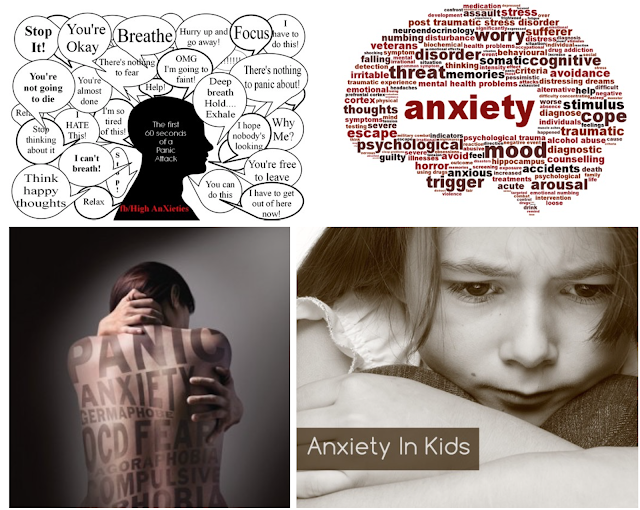
A previous understanding of post-traumatic stress disorder (PTSD) was that it primarily occurred with post-war veterans. Previously called “battle fatigue,” we know now that anyone can experience PTSD due to a traumatic situation, regardless of environment.
When the word “trauma” enters a conversation, many people immediately think of abuse, neglect, or assault.
But consider what it would be like if several parts of your day were traumatic, leading you to face aspects of PTSD daily.
That is the effect of racism for Black people living in the United States.
Instead of being stirred by fireworks, imagine becoming tense as a police car slowly drives by. Or maybe you are not receiving the help you need in class because you’ve been deemed trouble from the beginning. Or you are locking eyes with the mall attendant who’s watching you but not any of the people who don’t look like you.
These types of situations occur regularly for Black people and People of Color.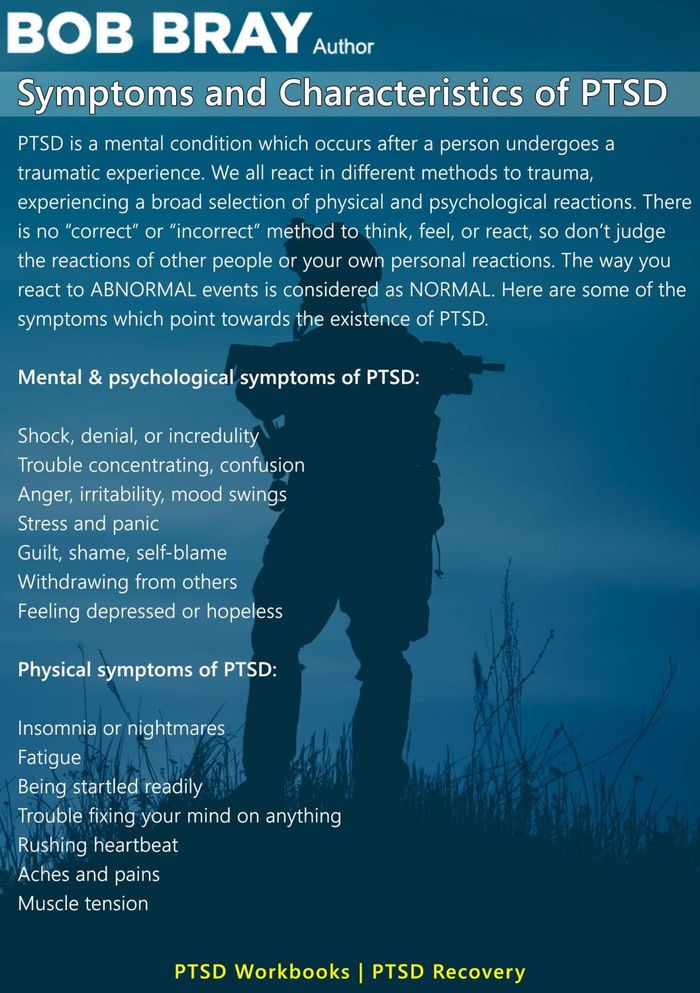 Over time, it can take a toll on mental health.
Over time, it can take a toll on mental health.
Post-traumatic stress disorder is an ongoing mental health response to trauma, whether an isolated incident — such as sexual assault — or a recurring issue, like living in an abusive household.
Generally, to be diagnosed, a psychiatrist might take note of whether you’ve had:
- exposure to a traumatic event, either directly or indirectly
- symptoms that continue for at least a month
- negatively affected relationships
According to the Diagnostic and Statistical Manual of Mental Disorders, 5th edition (DSM-5), the following are common traits in those who have experienced harm:
- intrusion symptoms
- avoiding traumatic situations
- major shifts in mood or cognition
- hypervigilance
Examples of trauma are endless, and for People of Color — particularly Black people — the experience is almost definite and compounded.
Historical racism
“Racial battle fatigue” and “post-traumatic slave syndrome” are terms coined in the 2000s.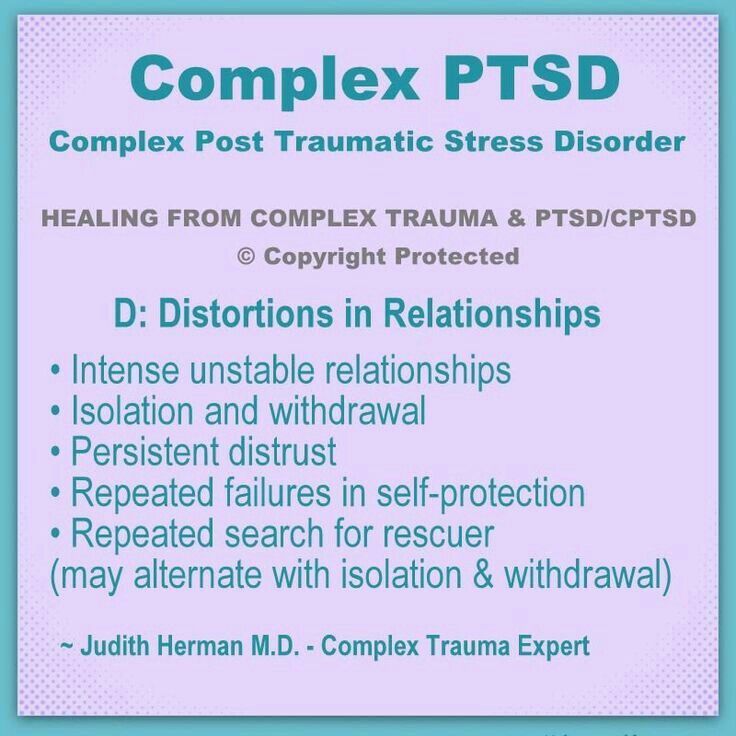 They bolster the idea of racism being a form of trauma.
They bolster the idea of racism being a form of trauma.
Both latch on to not only the day-to-day interactions that wear on Black people and other People of Color — particularly those from diasporic communities — but how the generations before and their trauma impact those after them.
The Strong Black Woman trope is one form of historical racism that has origins in slavery and continues today and impacts Black women from generation to generation.
According to the 2019 study in Sex Roles, the Strong Black Woman schema is “…an amalgamation of beliefs and cultural expectations of incessant resilience, independence, and strength that guide meaning making, cognition, and behavior related to Black womanhood.”
From the 1600s and through the Jim Crow era, this looked like carrying the expectation of keeping the house in order and caring for children (who may or may not be yours). It also meant dealing with blatant, encouraged, and legal discrimination that often turned violent.
Even with all of these moving pieces happening concurrently, Black women were still expected to keep things moving along and to show minimal emotion.
ACE Scores
Adverse Childhood Experience (ACE) scores assess and count potentially stressful or harmful situations from a person’s childhood. Those with high ACE scores have a higher chance of chronic health conditions — such as high blood pressure and diabetes — and a higher chance of developing a mental health condition, such as depression.
A 20-year prospective study suggests that high levels of stress, or toxic stress, occur throughout the day and during adolescence. This toxic stress can be caused by several factors, such as:
- moving from one place to another more frequently than usual
- lack of food, or food insecurity
- living in low-income communities
Due to the school-to-prison pipeline, it’s clear Black children are treated poorly by the school system, another example that acknowledges they’re traumatized every day.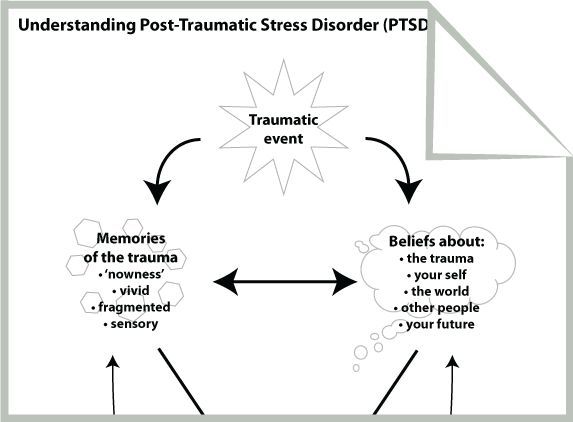
Physical health implications
High amounts of stress increase your cells’ production of cortisol. Cortisol is a naturally produced chemical, arriving during stressful times, but can cause health issues if overproduced.
In a 2015 study, researchers discussed knowing the higher cortisol levels in Black participants is connected to the stress of discrimination.
High levels (and according to the study, when levels are too low) of cortisol can lead to ongoing chronic conditions.
Similar to the ACE scores, this can cause diabetes, heart disease, and high blood pressure.
Avoiding ’weakness’
Hypervigilance is a critical component of a PTSD diagnosis.
Similarly, many Black folks have known for the duration of their lives that they would be treated differently over aspects of themselves they cannot change and then have grown to see these predictions come true.
Studies show that long-term exposure to stressors — such as racism, discrimination, and lack of education and economic opportunities — in Black communities increase the likelihood of mental health conditions, particularly depression, at higher rates than in other communities.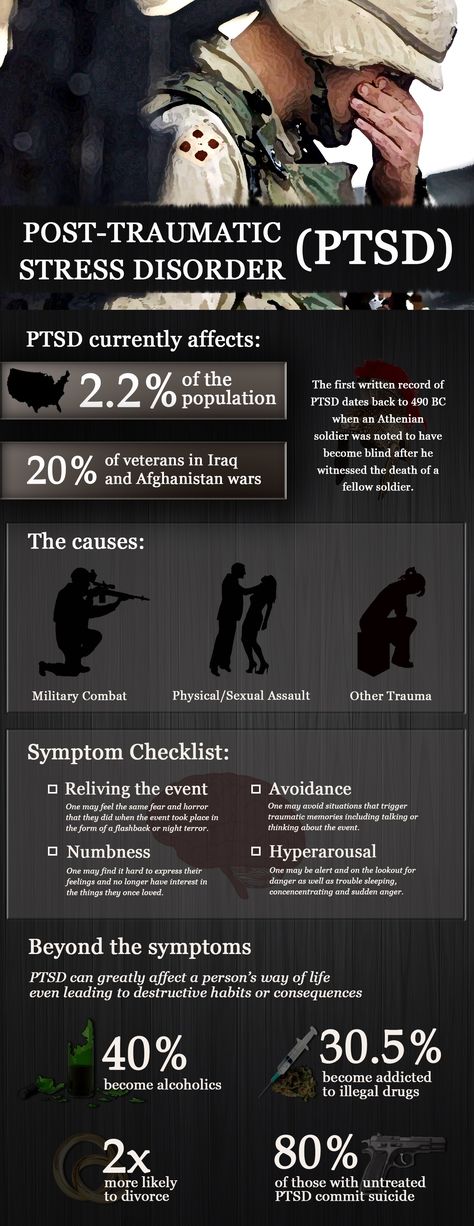
However, Black people in these communities are less likely to see a mental health professional or receive treatment.
One study found that 63% of Black people thought that having a mental health condition, such as depression, was a sign of “weakness” or “lack of inner strength.”
While there is no cure for PTSD, there are ways to manage its symptoms. Treatment often includes a combination of psychotherapy and medication.
Medications — such as antidepressants, particularly selective serotonin reuptake inhibitors — are often used to help manage symptoms of depression or anxiety in people with PTSD.
Various types of therapy can also help manage symptoms of PTSD. These include:
- trauma-focused therapy
- cognitive behavioral therapy (CBT)
- cognitive processing therapy (CPT)
- eye movement desensitization and reprocessing (EMDR)
- prolonged exposure therapy (PE)
Many of these studies have surveyed adults, inquiring about their experiences.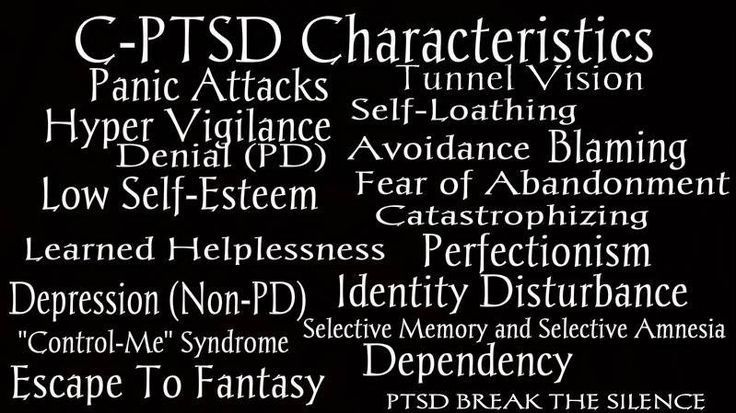 While this information is useful for creating inventions for adults, there’s also a need to address how trauma affects children in real-time.
While this information is useful for creating inventions for adults, there’s also a need to address how trauma affects children in real-time.
Intervention for children could be a great focus for clinicians, policymakers, and researchers regarding equity legislation and studies.
If you’re a person within the Black community who believes you’re in need of support, there are lots of resources available to you:
- Ayana
- African American Therapists Directory
- Inclusive Therapists
- National Queer and Trans Therapists of Color Network
- Therapy for Black Girls
- Black Female Therapists
Psych Central also has some resources that can aid you on your journey to finding the right mental health professional for you:
- Find a Therapist and Mental Health Support
- How To Find the Right Therapist: 10 Tips
- How to Vet a Therapist
Anastasia Zenina
Psychotherapist
Author's profile
Julia Skopich
asked questions
Author
According to statistics, 70-80% of people are faced with traumatic events throughout their lives.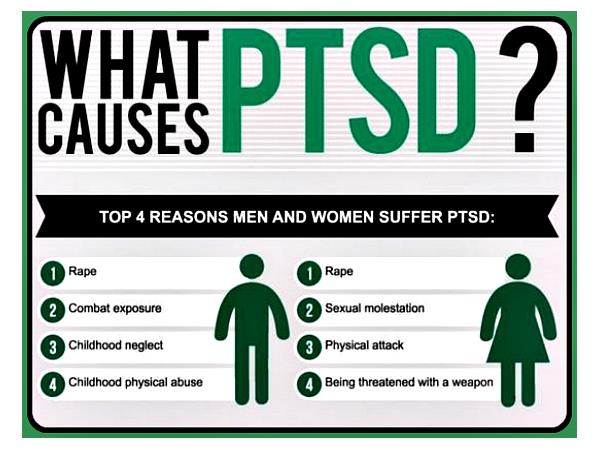
It is not always possible to overcome their consequences. In this case, post-traumatic stress disorder - PTSD can develop. It is believed that combatants are mainly affected by it, but in fact, it can also be encountered in civilian life. We talked with psychiatrist and psychotherapist Anastasia Zenina about who is at risk and how to recognize PTSD in yourself and your loved ones. nine0003
— What is PTSD and who is at risk?
- The first studies of post-traumatic stress began after the American Civil War. In 1888, the neurologist Hermann Oppenheim coined the term "traumatic neurosis". Among the symptoms of neurosis were obsessive memories, sleep disturbances, the development of phobias and emotional instability.
During the First World War, the term "war neurosis" began to be used. So they summarized the symptoms of soldiers who did not have physical injuries, but could not continue to fight and live normally in the rear. War was seen as a factor provoking the onset of mental illness.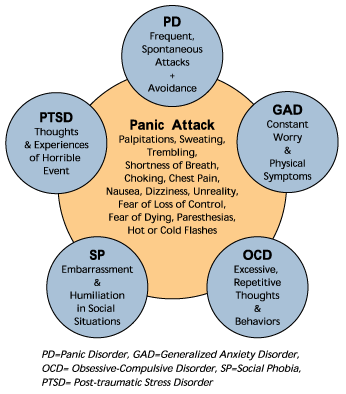 nine0003
nine0003
The term "PTSD" was introduced into the American Manual of Mental Disorders in 1968 during the Vietnam War. Much later, it became clear that such symptoms are manifested not only among participants in hostilities.
Post-traumatic stress disorder is one type of reaction to psychological trauma. At the same time, it is important to understand what is included in the concept of "psychological trauma". That's not what people mean when they say, "I was traumatized because I didn't have time to buy a smartphone at a low price." nine0003
In fact, psychological trauma is an event or situation that poses a direct or indirect threat to the life, health of a person or an emotionally significant subject for him. This event or situation causes a feeling of fear, dread, or a sense of helplessness, loss of control.
Risk factors are:
- the presence of somatic or mental disorders in a person;
- female: women are twice as likely to develop PTSD as they are more likely to experience violence, including sexual violence; nine0038
- Severity of the traumatic event: Surviving violence is more difficult than, for example, a tsunami.
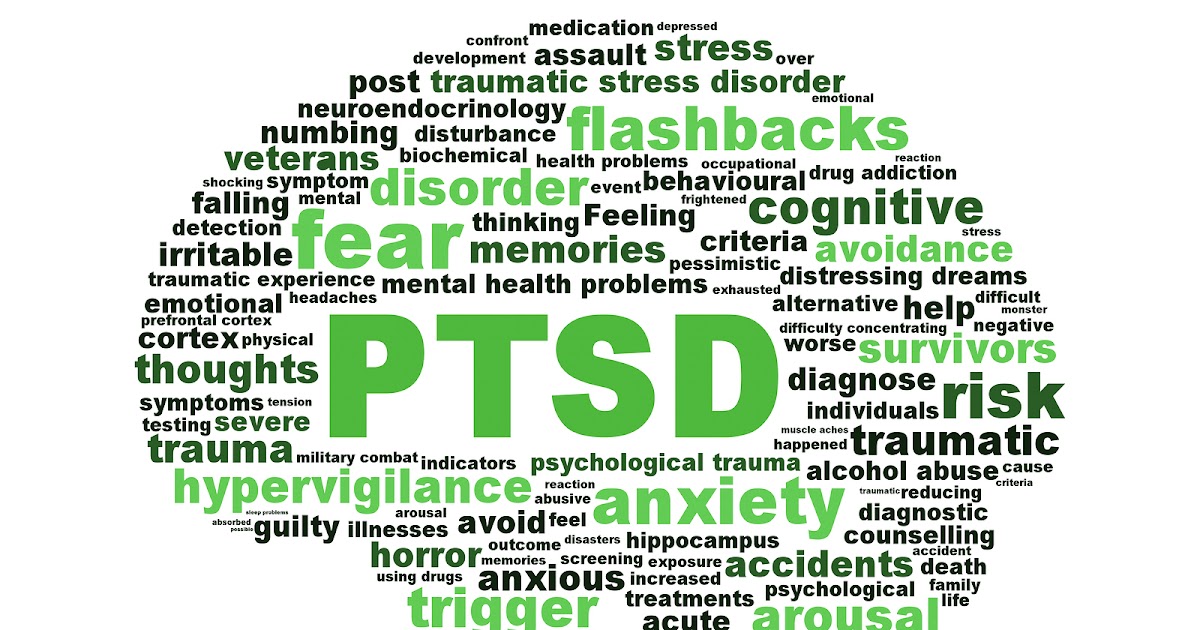
Post-traumatic stress disorder - National Institute of Mental Health
Psychologists debate whether previous traumatic events are a risk factor because there is not enough recent research on this topic. But practice often shows that people who experienced childhood abuse are more likely to develop PTSD, because their level of vulnerability is higher and their stress tolerance is lower. nine0003
It also happens that several factors overlap. For example, a person who is in captivity is forced to commit violence against others. In this case, the course of PTSD may be more severe, and therapy is difficult.
— How can the development of PTSD be prevented?
— There are no recommended methods of prevention because there is not enough research. But there is international experience.
First of all, you need to treat acute stress disorder - this is a type of reaction to trauma. nine0003
Early intervention can prevent the development of PTSD - Biological Psychiatry
Its symptoms are the same as those of PTSD, but they last from three days to a month. Only one month after the event can a diagnosis of PTSD be made.
Only one month after the event can a diagnosis of PTSD be made.
Early CBT is important at this stage. There are the following types:
- Prolonged exposure therapy, when a person is helped to consistently face situations and memories that cause fear, but which are objectively safe. This allows you to process experiences. nine0038
- Cognitive therapy in which a person is helped to change the interpretation of stimuli and memories of trauma.
- Cognitive processing therapy where the patient learns to change and challenge useless beliefs associated with trauma.
New PTSD is easier to treat than old. And if we talk about the prevention of PTSD even before traumatic events, then a promising approach may be attention training, which, for example, was used in the Israeli army. The point is to develop the flexibility of attention. A person learns to quickly change focus, and this helps to better control thoughts. nine0003
Research has shown that this skill can indeed mitigate the effects of injury.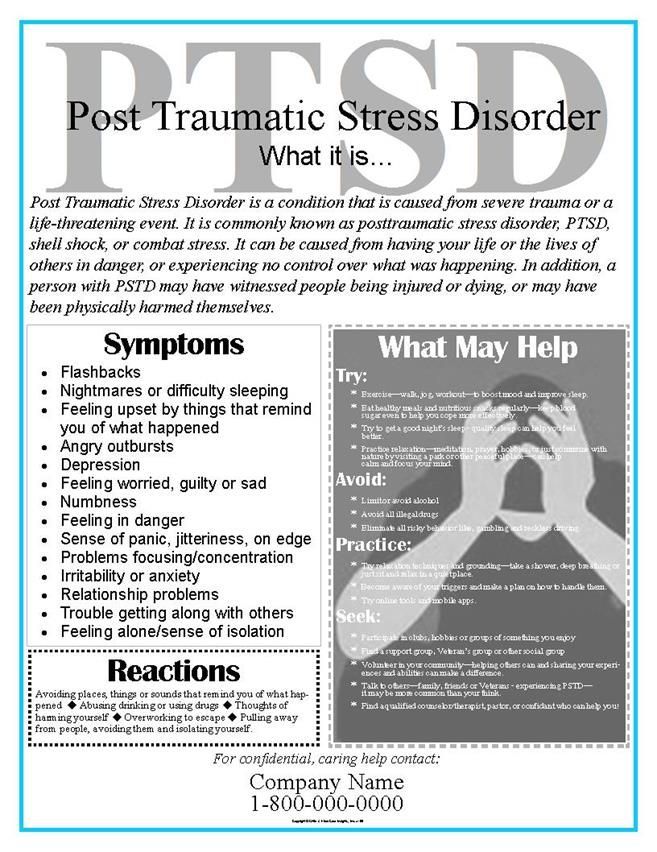
US and Israeli soldiers with PTSD learned to control their attention through special exercises for four weeks. On the screen, they were shown words, faces, places: some of them were neutral, and some were associated with a threat. Participants had to quickly determine if what they saw was a threat. So they learned to quickly switch attention from anxious to neutral. After the experiment, the intensity of PTSD manifestations decreased among the participants. nine0003
In essence, post-traumatic stress disorder is a violation of the emotional processing of an event, when the brain begins to confuse the past and the present, to interpret certain stimuli through the prism of a traumatic event. That is, the event does not go into long-term memory, does not integrate into memory structures, and does not become a memory. And attention training helps to teach how to change focus to the present.
— How can you suspect that you have PTSD?
- Here are its key symptoms:
Injury. A person may have direct experience or witness a traumatic situation. He may also suddenly find out that a difficult event happened to someone close to him, for example, someone was raped. Finally, those who were in contact with the details of the event, that is, employees of the Ministry of Emergency Situations, volunteers, doctors, policemen, are susceptible to the development of PTSD.
A person may have direct experience or witness a traumatic situation. He may also suddenly find out that a difficult event happened to someone close to him, for example, someone was raped. Finally, those who were in contact with the details of the event, that is, employees of the Ministry of Emergency Situations, volunteers, doctors, policemen, are susceptible to the development of PTSD.
But PTSD cannot develop from the news, because the news is not a strong enough impetus for getting trauma. nine0003
Presence of intrusion symptoms. These can be intruding, that is, involuntary memories, nightmares about a traumatic event, flashbacks - a psychological phenomenon in which a person has very intense experiences of past experience.
For example, if a woman is raped by a man with a mustache, when she encounters other men with a mustache, clear images of the assault situation may come to mind. At the same time, they will be accompanied by the same emotions - a sense of horror and loss of control.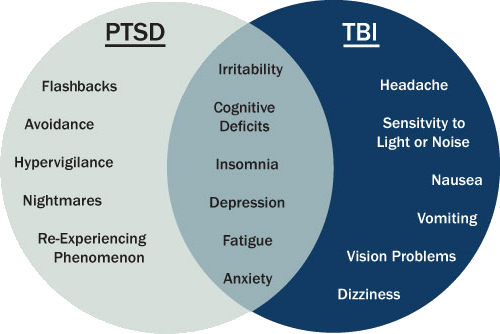 This is also called a dissociative reaction, that is, a person seems to find himself in a different reality. nine0003
This is also called a dissociative reaction, that is, a person seems to find himself in a different reality. nine0003
These incentives are not necessarily direct. For example, in my practice there was a case when a victim of sexual violence was afraid of yogurt and avoided everything connected with it. As it turned out during therapy, this was because the consistency of yogurt reminded her of sperm.
High physiological reactivity - when a person, faced with these stimuli, falls into a state of struggle. This can be expressed in irritability or outbursts of anger, self-harm, risky behavior, hypervigilance, difficulty concentrating, sleep problems. nine0003
Fear is a basic emotion and it biologically drives us to save ourselves. A person is always in anticipation of a threat, scanning the reality around him for the presence of danger.
/keep-calm-and-sleep/
"Thoughts about how sleep should be often interfere with sleep. " Psychologist - about sleep during stress
" Psychologist - about sleep during stress
Avoidance. A person tries to avoid memories, thoughts, situations that can remind him of the trauma. So, if a woman was raped in a dark park, in the future she may avoid parks or even the smell of trees that she felt at that moment. nine0003
One of my clients experienced invasion symptoms while exercising with a fitball in the gym. When she lay down on the fitball, she experienced fear, helplessness, horror, as the ball reminded her of the belly of the man who attacked her. Because of this, she began to avoid going to the gym.
People who have been to war may avoid loud noises. Another client of mine, returning from the war zone, at the sound of fireworks, threw himself on the floor and covered his head with his hands. Of course, he avoided holidays where fireworks could sound, did not play laser tag and paintball. nine0003
There are other criteria that are described in the International Classification of Diseases.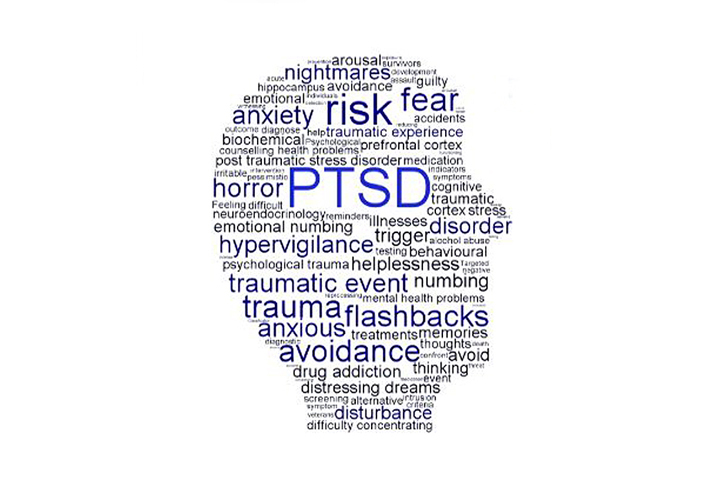 So, it can be difficult for a person to establish relationships, experience positive emotions, he can become distrustful.
So, it can be difficult for a person to establish relationships, experience positive emotions, he can become distrustful.
6B41 - International Classification of Diseases
- How does PTSD develop?
- Immediately after the traumatic event, there is an acute reaction to stress. It lasts from a few hours to three days and is today considered a normal reaction to abnormal circumstances. nine0003
At this time, a person can react in different ways: someone has a sharp lethargy, someone, on the contrary, becomes overly active or infantile.
8 Ways to Quickly Calm Down Under Stressful Conditions
Further, acute stress disorder will last up to a month, which has the same symptoms as observed in PTSD: intrusion and avoidance, increased physiological and emotional arousal. Normally, they gradually fade away. A month is the time the brain needs to react and begin to experience what happened. But not everyone succeeds. nine0003
But not everyone succeeds. nine0003
If after a month the symptoms do not go away, we can talk about the development of PTSD. However, even those people who develop this disorder generally recover on their own within a year.
But 30% of those who develop PTSD have symptoms for up to 3 years, and 10% for longer than that. The type of injury must also be considered. Thus, only 47% of victims of sexual violence after 12 months, the intensity of stress symptoms decreases.
— How to help a loved one survive psychological trauma? nine0020
- Immediately after a traumatic event, a person does not need a psychologist. He needs to provide security and basic needs - food, water and information, as well as just being with him. Therefore, we often see in movies that after a terrorist attack or a natural disaster, people are sitting wrapped in blankets with a cup of tea in their hands.
Psychological first aid, which is shown to people after a traumatic situation, should not include a debriefing - when immediately after the event the person is asked questions about it.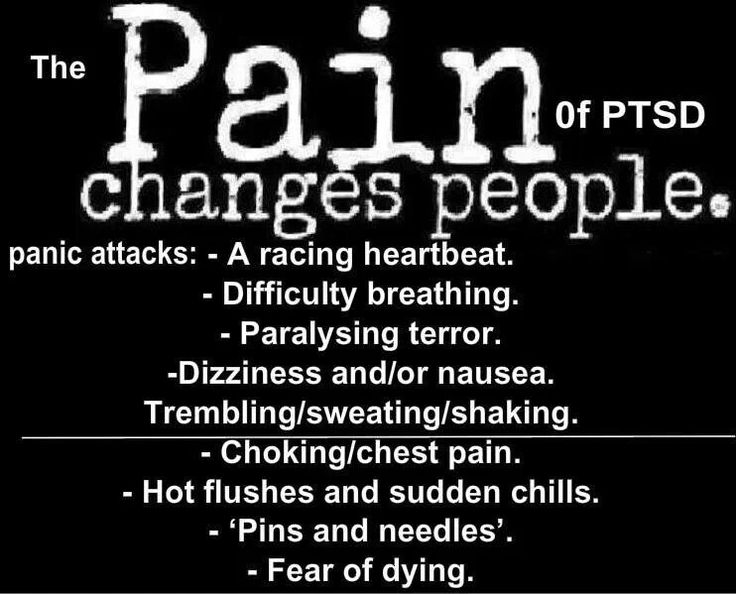 This method exacerbates the injury. There are WHO recommendations on psychological first aid, and it says that you cannot force a person to talk about what happened to him. This is because the brain is not yet ready for such an analysis. All he is ready for is salvation. nine0003
This method exacerbates the injury. There are WHO recommendations on psychological first aid, and it says that you cannot force a person to talk about what happened to him. This is because the brain is not yet ready for such an analysis. All he is ready for is salvation. nine0003
It is necessary to analyze the injury together with a specialist at least a month after the events, and sometimes more if preliminary stabilization of the condition is required.
If relatives know that more than a month ago there was a traumatic situation and the person is still aggressive, tense all the time, he has symptoms of intrusion and he avoids some situations, it is important to contact a specialist.
— What is the difference between the PTSD of combatants and how society should help to recover? nine0020
- Approximately half of the combatants suffer from PTSD. In addition, it can develop in members of their families - in people who are emotionally close to them.
The combatants themselves are exposed to many traumatic factors.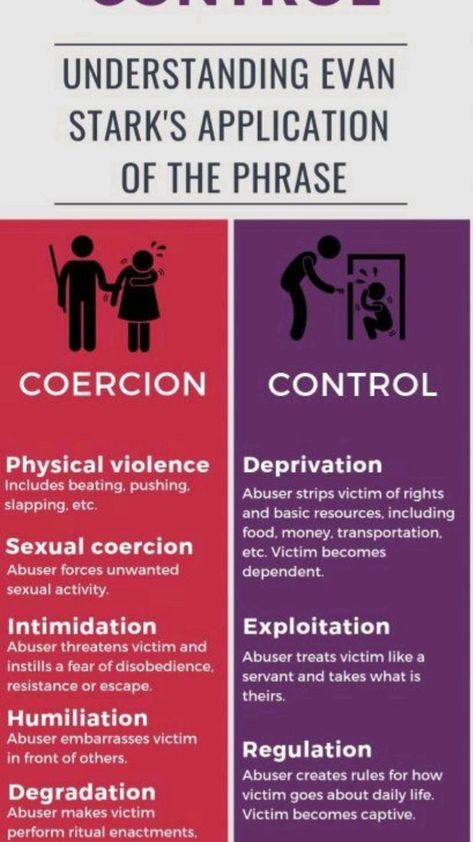 They risk losing their own lives or getting seriously injured, they constantly see the death of comrades and other people, they can be captured and subjected to torture. In addition, there is a possibility of attaching moral trauma when a person is forced to do something that is contrary to his values. Then the treatment of PTSD is especially difficult. nine0003
They risk losing their own lives or getting seriously injured, they constantly see the death of comrades and other people, they can be captured and subjected to torture. In addition, there is a possibility of attaching moral trauma when a person is forced to do something that is contrary to his values. Then the treatment of PTSD is especially difficult. nine0003
Since events are stretched out in time, in the future, the military may develop complex PTSD. It differs from the usual one in more stable negative ideas about oneself and the world around, deeper social isolation and frequent violations of relationships within the family.
Unfortunately, we have already observed such psychological and social problems after the fighting in Afghanistan and the North Caucasus. In addition to PTSD, there was an increase in the number of addictions and crime, suicide, and problems in family relationships. nine0003
Therefore, it is important to create professional rehabilitation programs for combatants.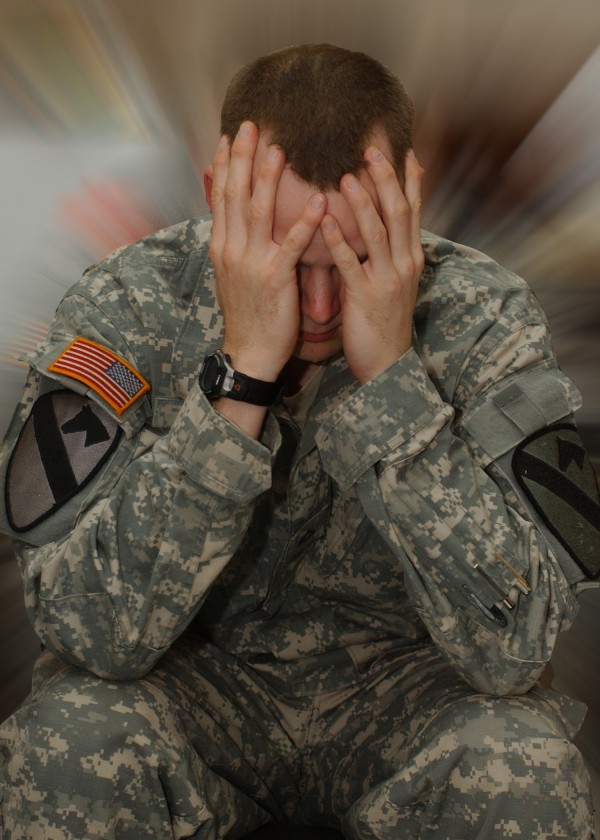 Unfortunately, in our country there is not enough experience in such work. And the work that was carried out is not based on a scientific basis. Now the programs are being developed, but it is difficult to predict how they will manifest themselves.
Unfortunately, in our country there is not enough experience in such work. And the work that was carried out is not based on a scientific basis. Now the programs are being developed, but it is difficult to predict how they will manifest themselves.
One could learn from the experience of the American Psychological Association, which has created a separate department of rehabilitation for combatants. Its structure includes about 8,000 specially trained psychologists. nine0003
Of course, a person with PTSD cannot be forced to seek help, but with a sufficient level of trust in a relationship, loved ones can ask for it, explaining with love, understanding and support how their behavior interferes with your relationship and harms their own life.
You can seek help from a psychologist or psychotherapist, who, if necessary, will also refer you to a psychiatrist. Sometimes medication is required, the need for this is determined by the psychiatrist. However, drugs are already the second line of therapy.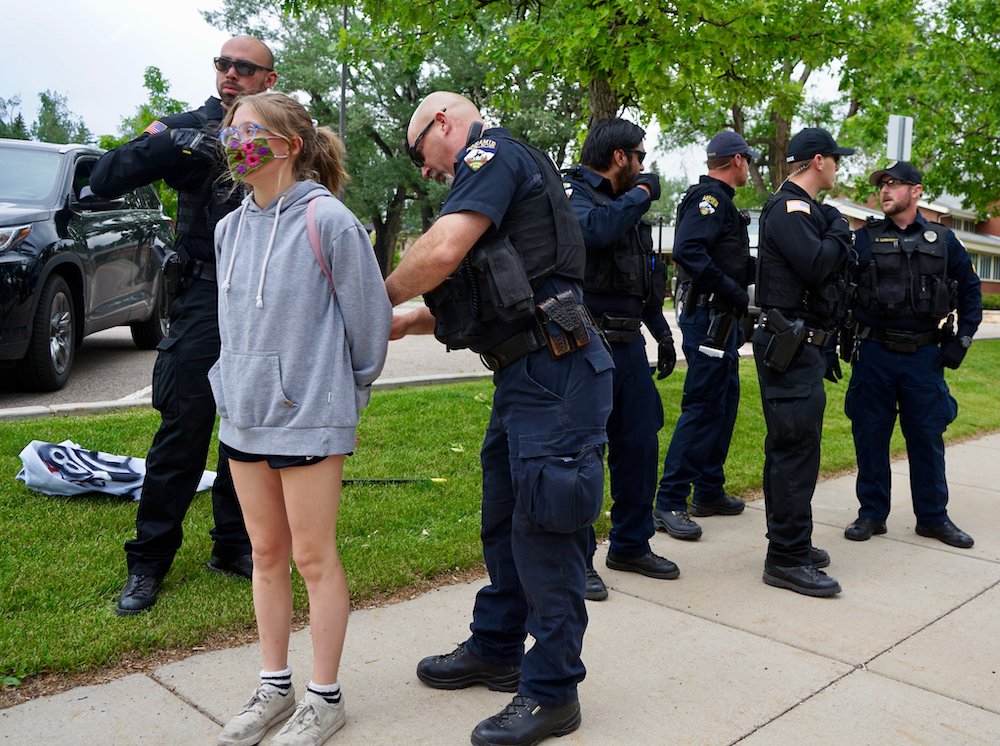 nine0003
nine0003
— What happens if PTSD is not treated?
- A lot of people have a natural recovery, and that's great. But not everyone is so lucky. If PTSD is not treated, different areas of a person's life can suffer.
For example, if a woman has been sexually abused, it may be difficult for her to build relationships with men, and combatants may later become perpetrators of domestic violence. PTSD can also lead to depression, the formation of anxiety disorders, the development of alcohol or other addictions, and personality disorders. nine0003
Most cases of PTSD can be cured. This does not mean that a person will never remember the negative experience received, but he will realize that this is just a memory, and it will not interfere with functioning.
- Some psychologists talk about post-traumatic growth - when, after difficult events, a person not only recovers, but also changes for the better. How do you feel about this theory?
- Nietzsche has a phrase: "That which does not kill us makes us stronger.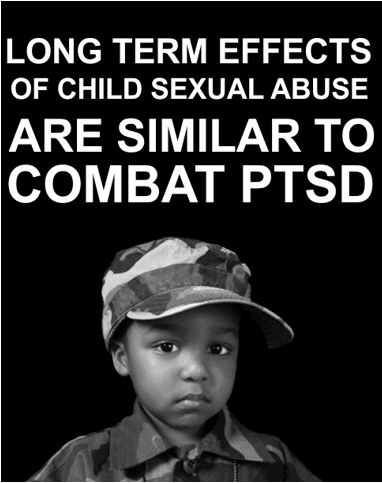 " I personally don't think so. Yes, at some point there is a reassessment of values, but this does not make a person more stress resistant. nine0003
" I personally don't think so. Yes, at some point there is a reassessment of values, but this does not make a person more stress resistant. nine0003
The post-traumatic growth theory was developed by psychologists Richard Tedeschi and Lawrence Calhoun in the mid-1990s and states that people who experience psychological struggles after adversity can often become better people later on.
But later, scientists examined the stress resistance of 900 students by asking them to take a survey, and three years later they studied the stress resistance of these same students again. During this time, some faced traumatic events, and they believed that they had become "steadier and stronger." However, the results of the questionnaires did not confirm the data of their self-reports. The feelings of students who have experienced trauma are called “positive illusion” by scientists. nine0003
Knowledge about psychology and brain function that will help you survive in this crazy world - in our telegram channel.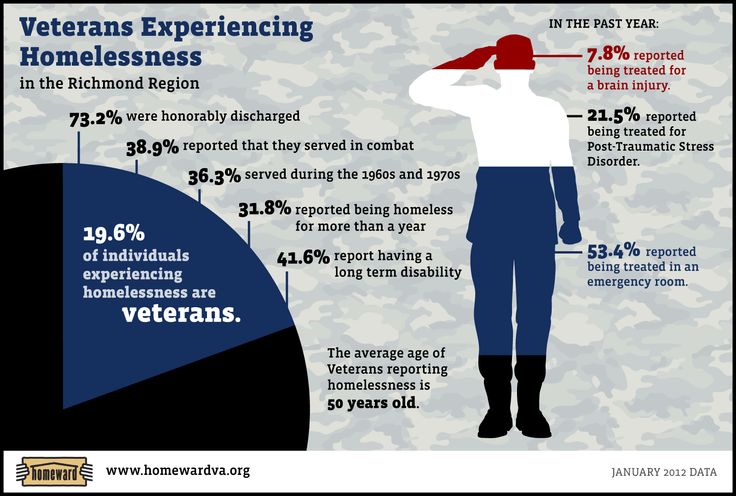 Subscribe to keep abreast of what is happening: @t_dopamine.
Subscribe to keep abreast of what is happening: @t_dopamine.
What is PTSD and how to get rid of it
April 14 Likbez Health
It is possible to maintain a healthy mind even after a disaster.
What is PTSD
Post Traumatic Stress Disorder, or PTSD for short, is a mental condition that interferes with the lives of some victims or bystanders of horrific events: combat, catastrophes, accidents, physical or sexual abuse. Initially, the diagnosis was made to those who had been in the war, but PTSD can develop in anyone. nine0003
Most people feel anxious, sad, angry or irritated after a traumatic event. They have insomnia and constant fatigue. This is a normal reaction to a threat to life and health, a feeling of helplessness and loss of control over what is happening. But after a month, these manifestations, as a rule, weaken and people return to normal life.
If the symptoms do not subside, the person continues to be tormented by memories and nightmares, we can talk about the development of post-traumatic stress disorder.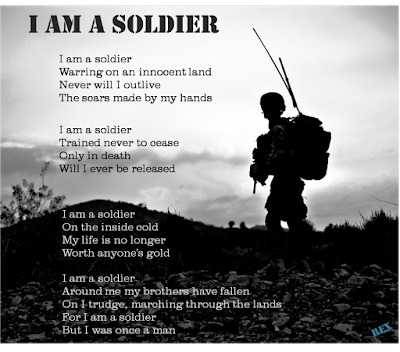 According to the WHO, it needs treatment 9% of those who experienced something terrible. At the same time, women suffer from PTSD 2.5 times more often than men, although men face more dangerous situations.
According to the WHO, it needs treatment 9% of those who experienced something terrible. At the same time, women suffer from PTSD 2.5 times more often than men, although men face more dangerous situations.
PTSD cannot be left untreated. The disorder spoils personal, social, work relationships, interferes with daily tasks.
Why PTSD occurs
It is not known exactly why certain people develop stress disorder. But there are factors that increase the risks:
- The nature of the injury. The stronger and longer the stress, the higher the likelihood of PTSD. nine0038
- Previously experienced psychological trauma. For example, childhood abuse.
- Heredity. Those with relatives who have had anxiety disorders or depression are more at risk.
- Work or hobbies that involve constant stress or danger to life.
- Presence of other mental disorders.
- Temperament and how the brain regulates hormones and other chemicals that are released in response to stress.
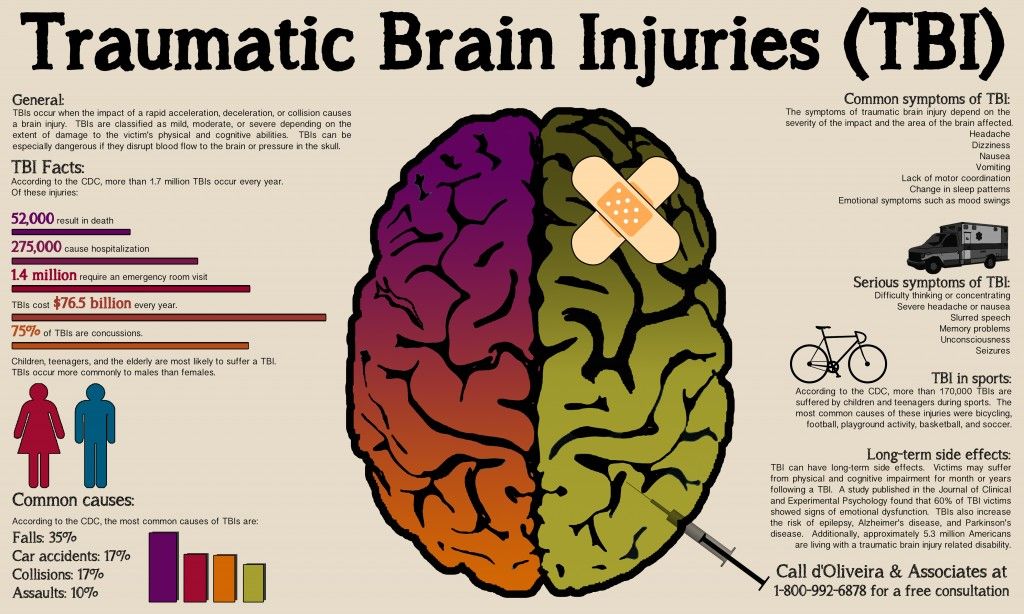
- Lack of support from loved ones after an injury. nine0038
- Frequent use of alcohol and other psychoactive substances.
How PTSD manifests itself
Symptoms of PTSD are more often detected within a month after the event, but sometimes they are not noticed until several years later. This can happen against the background of new stress or an accidental reminder of the experience.
Symptoms can be divided into four main groups.
Obsessive memories and dreams
- A person cannot forget and constantly replays what happened in his head. nine0038
- He has nightmares that make him afraid to go to bed.
- Any reminder of an event causes strong emotions or physical manifestations. For example, after a car accident, the victim reacts to a car signal with shaking in the hands or a sharp attack of fear.
Avoidance
- The victim is constantly trying to forget about the experience, it takes a lot of strength and energy.
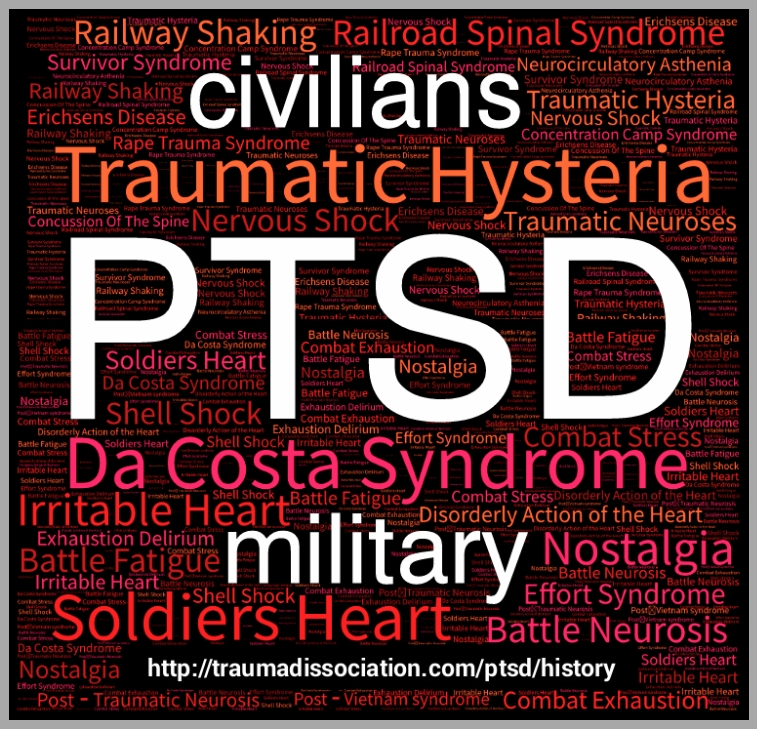
- He diligently avoids places or people that can remind him of something terrible. For example, after the death of a loved one, a person may refuse to meet with other relatives so as not to talk about the deceased. nine0038
- Gives up favorite activities if they are somehow related to what happened. A girl who survived an attack in the stairwell may refuse to train after work because she is afraid to return home in the evening.
Changes in mood and thinking
- Negative thoughts about yourself, other people or the world appear.
- Haunted by a feeling of hopelessness. There are no goals in life and the desire to change something.
- There are memory problems. Sometimes it is not possible to remember important details of the traumatic event. nine0038
- It becomes difficult to communicate with loved ones and maintain relationships.
- Loss of interest in hobbies or meeting friends.
- The victim is not able to rejoice or grieve, only detachedly observes life from the outside.
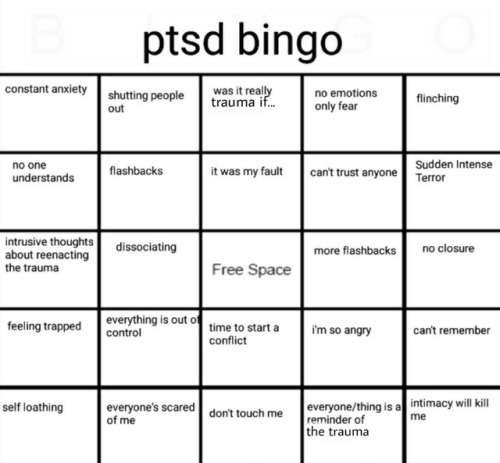
Changes in physical and emotional reactions
- A person constantly feels a threat to life and seeks to protect himself by any means.
- Often feels guilty or ashamed. Thinking about how it could have been avoided. nine0038
- Loss of concentration, difficulty working or just reading a book.
- The victim may be short-tempered and aggressive.
- Sleep problems appear.
- Man unconsciously strives for self-destruction. For example, he drinks a lot or ignores traffic rules.
Symptoms may increase or decrease, appearing only with new stress or a reminder of a terrible event. The victim himself may not associate problems with sleep or concentration with the trauma experienced, especially if a lot of time has passed. But at the same time, constant stress interferes with a normal life. nine0003
What to do if you have thoughts of suicide
In this case, you should immediately seek help:
- Call the Center for Emergency Psychological Assistance of the Ministry of Emergency Situations of Russia (+7 495 989‑50‑50) or the Independent Psychiatric Association (+ 7 495 625-06-20).
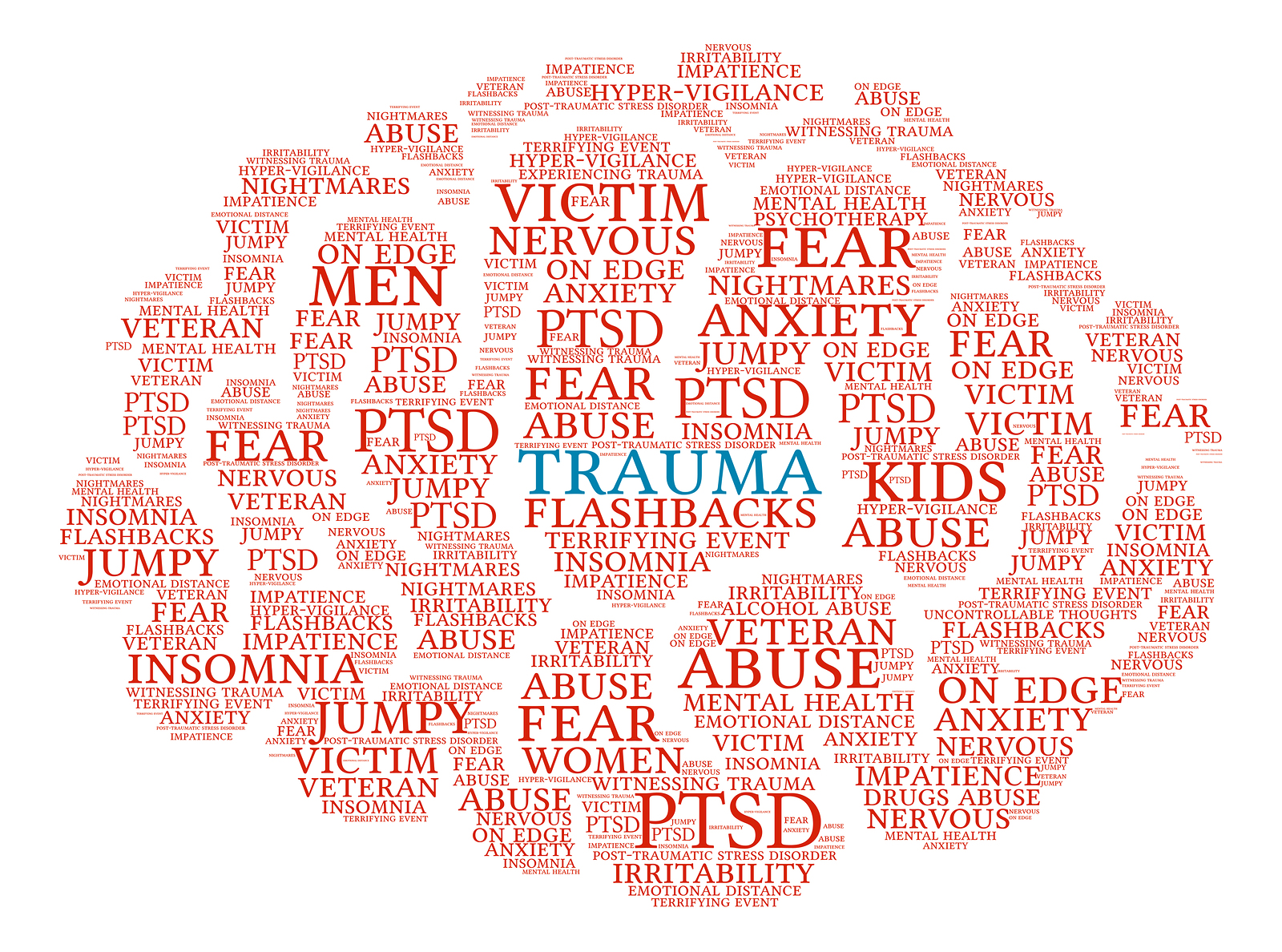 They work around the clock.
They work around the clock. - Write to a psychologist on the website of the Ministry of Emergency Situations - this is possible without registration.
- Contact your loved ones for support.
How is PTSD treated? The best place to start is to see a therapist. He will check if there are any physical diseases that can cause changes in the psyche. To do this, the doctor will conduct an examination and prescribe the necessary examinations. This could be a chest x-ray, blood tests, or a CT scan of the brain. nine0003
If everything is in order with the body, the therapist will refer you for a consultation with a specialized specialist. He will determine whether medication is needed or psychotherapy will be enough.
Before meeting with a psychotherapist, prepare a list of symptoms, behavioral changes, or lifestyle changes. At the appointment, ask the specialist about the experience of working with post-traumatic stress syndrome and the number of patients who have overcome it.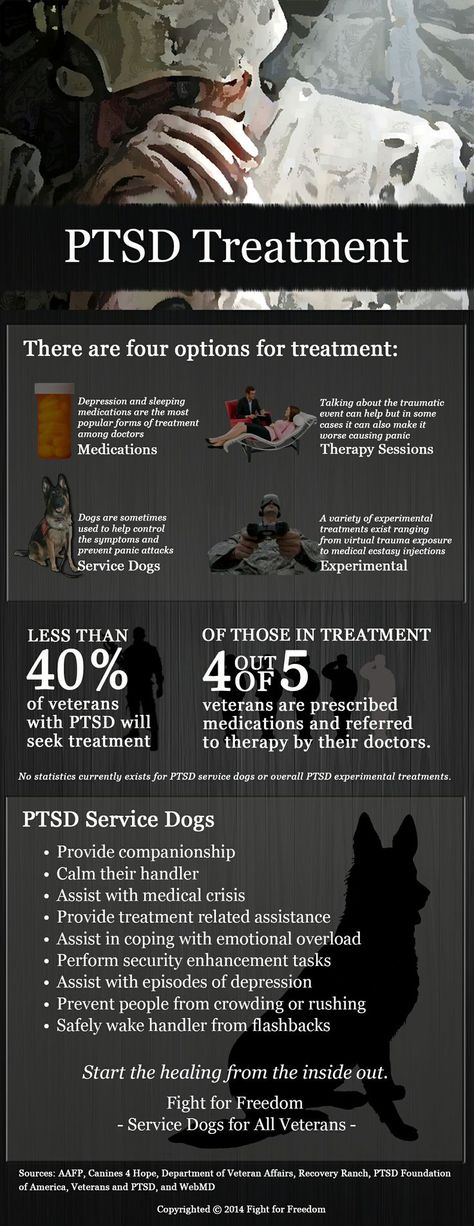 It is important to ask all the exciting questions at once, because the success of treatment largely depends on the trusting relationship between the patient and the psychotherapist. nine0003
It is important to ask all the exciting questions at once, because the success of treatment largely depends on the trusting relationship between the patient and the psychotherapist. nine0003
What psychotherapy can be like
According to experts, only psychotherapy can get rid of PTSD. Medicines can only relieve acute manifestations and temporarily improve the quality of life.
Several methods are used to treat PTSD:
- Cognitive therapy . The doctor will analyze the thinking errors and stereotypes that prevent you from returning to normal life after an injury. For example, the thought "I'm bad because they did this to me" will gradually turn into "They did this to me, but that doesn't make me bad." The patient will keep a diary and describe in it his condition and reactions to different situations. Gradually, a person will learn to solve problems that were previously beyond his power. nine0038
- Behavioral or exposure therapy .
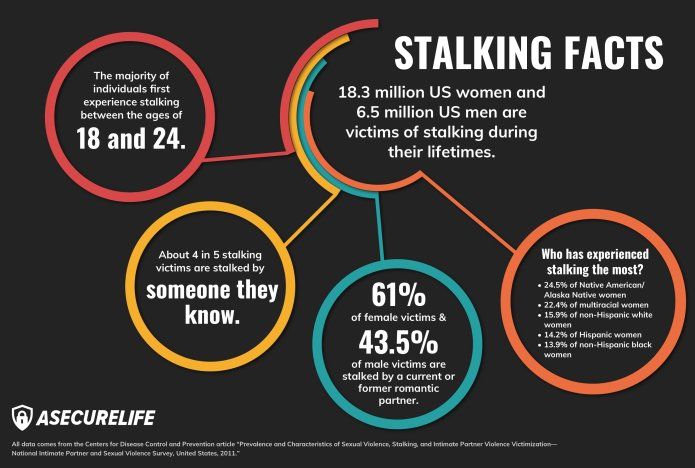 The meaning of the method is to return to a traumatic situation under the control of a psychotherapist. The patient is immersed in the past with the help of video, sounds or verbal description, but the specialist teaches to cope without panic and horror. Over time, memories cease to frighten, it becomes possible to live on without looking back at the trauma.
The meaning of the method is to return to a traumatic situation under the control of a psychotherapist. The patient is immersed in the past with the help of video, sounds or verbal description, but the specialist teaches to cope without panic and horror. Over time, memories cease to frighten, it becomes possible to live on without looking back at the trauma. - EMDR, or EMDR - eye movement desensitization and processing. This method was developed specifically for the treatment of post-traumatic disorders. It is believed that the brain cannot cope with the processing of a stressful event and therefore memories do not go away. In an EMDR session, the patient briefly focuses on the past and at the same time on eye movements or other stimuli: pats, sounds. This synchronizes the activity of both hemispheres and helps the brain process painful memories. If the injury was mild, four or five sessions may be enough. nine0038
What drugs can be prescribed by a doctor
Medications are prescribed at the same time as psychotherapy, if you need to remove the most striking manifestations of the disorder and improve the quality of life before psychotherapy works.
Several groups of drugs are used:
- Antidepressants . May reduce symptoms of anxiety and depression, improve sleep, memory and concentration.
- Mood Stabilizers . They are used to reduce impulsivity, anger attacks and to reduce irritability. nine0038
- Antipsychotics . They are prescribed if the shock was too severe and memories and emotions interfere with life.
- Benzodiazepines . Used to reduce severe anxiety and improve sleep. But now they are rarely appointed.
What else can you do
Taking care of yourself helps you get back to normal life faster and easier. For this it is worth:
- Follow the treatment plan, even if it seems that psychotherapy and medications do not help. It takes time to get easier. nine0038
- Find an opportunity for good rest and sports or walks. Physical activity and healthy sleep relax and help to recover.
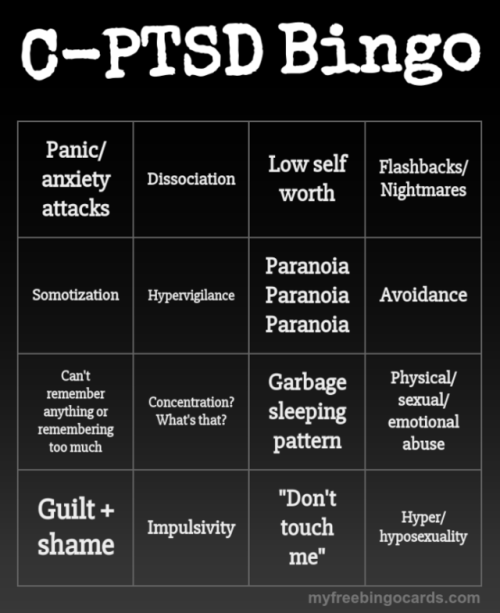
- Diverse and tasty food. The lack of useful elements can worsen the mental state.
- Reduce or eliminate possible sources of stress. New causes for concern lengthen the treatment.
- Avoid coffee, alcohol and cigarettes. They can increase anxiety.
- Connect with loved ones and meet friends who can support and listen. nine0038
- Find interesting hobbies that will distract from experiences and memories.
How successful is the treatment of PTSD
Everything is individual. The result will depend on the severity of the symptoms, as well as the efforts of the patient and the support of loved ones.
But if you follow all the doctor's recommendations, sooner or later you can be cured and return to normal life.
Moreover, new preparations and methods are constantly appearing. For example, the US Food and Drug Administration recently approved an app to interrupt nightmares. nine0003
How to help a loved one with PTSD
If a relative or friend has PTSD, the most important thing is to help them seek professional help.

